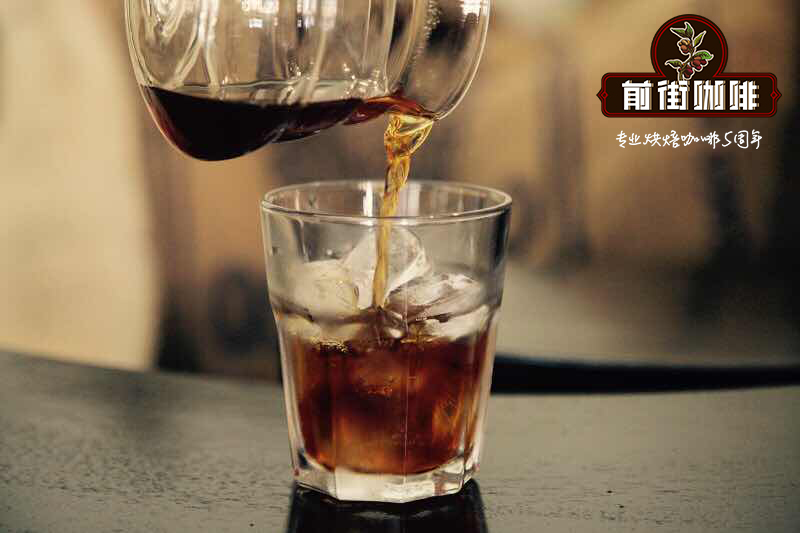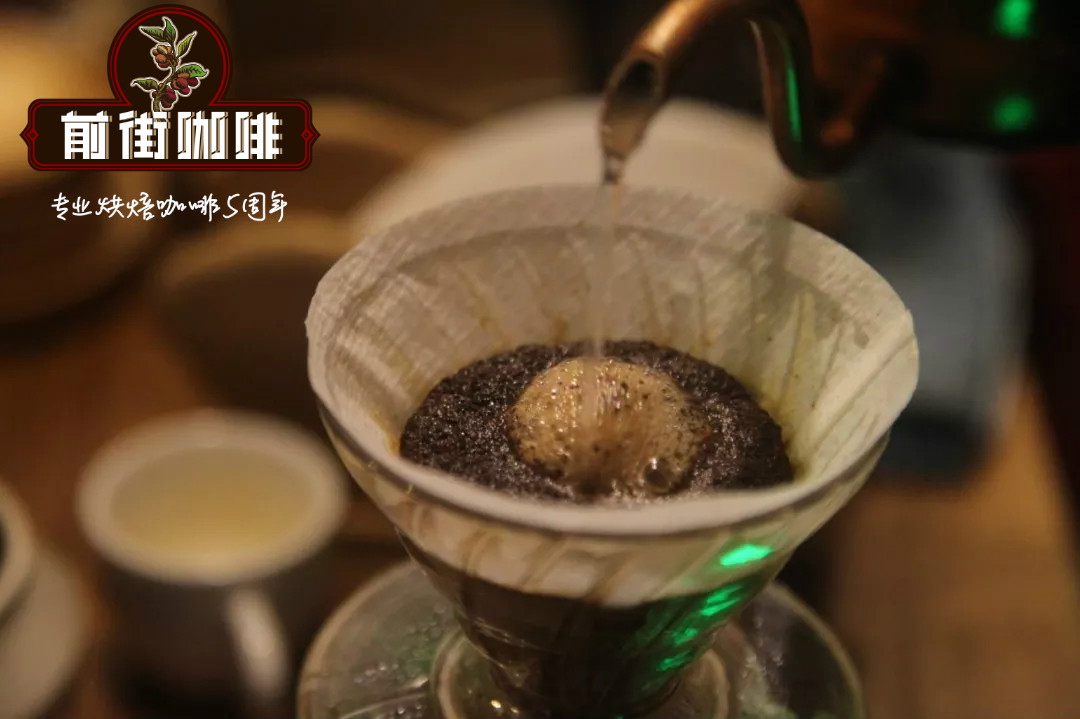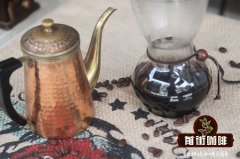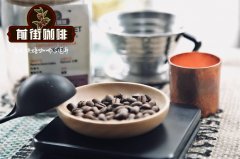Ethiopian Honey Processed Coffee Bean Flavor Features Honey Processed Coffee Guji Chirissa How to Make

Professional coffee knowledge exchange more coffee bean information please follow the coffee workshop (Wechat official account cafe_style)
Ethiopia Guji Chirissa
Coffee beans treated with Ethiopian honey
Before putting it in an African shed for exposure, use a traditional local peeler to remove the pulp and retain about 20%, 30% of the pectin. Then put it directly in the African shed and ferment the dry body for 48 hours. In this way, the pectin on the coffee will produce a slightly fermented flavor and increase sweetness.
After the fermentation is completed, the coffee fruit will be washed in a washing tank to remove the remaining pectin from the beans, and finally put back to the African shed until the moisture content is below 11%, and initially ripened locally and then exported. The honey produced in this way is different from that of Central American countries, the style will become softer, but the sweetness and mellow thickness will become higher, while preserving Ethiopia's most unique flower and fruit tone.
The first Ethiopian coffee this year came from the village of Kilenso Mokonisa in Guji, made by Kilenso processing plant and selected by raw bean manufacturer Tri-Up. The Kilenso processing plant was established in 1997 and is operated by the Nardos Coffee Trading Company. In addition to processing coffee fruit from the family's 150-hectare farm, it also collects about 1000 coffee farmers from 11 surrounding villages. The structure of this sun-dried bean with citrus as the main axis is quite complete and is rich in aroma and taste.
This year, bean merchants are named after the family "Chirissa" of raw beans. This year, the flavor is more complete, and the later system has also changed. For example, the honey treatment is specially moved to the shade in the drying process to get a fuller taste and solid sweetness!
Production area: Guji, Chirissa
Treatment: honey treatment
Bean species: mixed varieties of native species
Grade: G1
Baking degree: shallow and medium baking
Flavor: honey / pomelo / apple
- -
Honey treatment is a very rare and relatively new post-processing method in Ethiopia. It is highly recommended for friends who love Ethiopian coffee. Try different treatments that bring different taste buds.
Qianjie Coffee is recommended to brew by hand:
Coffee beans: 15g
Ratio of powder to water: 1:15
Injection of hot water: 225 grams
Temperature: 890.92 degrees. Because Ethiopian coffee is mostly shallow roasted, shallow roasting can retain more flower and fruit aroma, shallow roasted beans are harder and more resistant to extraction. Therefore, Qianjie coffee is recommended to be extracted at a higher water temperature.
Grinding scale: hand grinding scale. The shape and size of the particles grinded by each factory brand are different. Qianjie Coffee is suggested to be a little thinner, about the scale of a small Fuji bean grinder.
Total cooking time: about 2 minutes. Coffee bean roasting, density, grinding scale and filter cup design all affect the flow rate. I suggest you to experience the fun of brewing.

Qianjie Coffee is recommended to brew by hand:
The first injection is about 40 grams, and the steaming is about 25 Murray for 30 seconds. After the steaming is completed, the second injection is about 50 grams. When waiting for the water to run out, the third water injection is about 65 grams, and then the last water injection is about 65 grams. In the process of hand flushing, the order of grams shown on the scale is 40-90-155-220. The final coffee extract is about 190c.c.
The way of water injection is to inject water by drawing a circle, drawing a circle from the central point to the outside, and then from the outside to the inside.
Hand flushing equipment: bean grinder (we can grind into powder for you), hand flushing pot, filter cup, filter paper, scale (recommended), lower pot (container that can be used to support filter cup), hot water (about 90 degrees, do not use boiling water)
END
Important Notice :
前街咖啡 FrontStreet Coffee has moved to new addredd:
FrontStreet Coffee Address: 315,Donghua East Road,GuangZhou
Tel:020 38364473
- Prev

Can Colombian coffee beans be drunk directly? How do you make good Colombian coffee?
Professional coffee knowledge exchange more coffee bean information Please follow the coffee workshop (Wechat official account cafe_style) I do not often drink coffee, but a friend gives a bag of Colombian coffee beans, now I do not know how to deal with it and send it to friends, because the taste is really delicious! Coffee beans should not be drunk directly, but should be ground into powder and then brewed. Colombian coffee beans, as the name implies, are from
- Next

Ethiopia Nano Challa Cooperative Cooperative _ Agaro Coffee producing area has a special flavor
Professional coffee knowledge exchange more coffee bean information please follow the coffee workshop (Wechat official account cafe_style) FUGLEN COFFEE ROASTERS-NANO CHALLA / Ethiopia (Ethiopia)-Nano Challa Cooperative is a fairly new cooperative located in
Related
- Detailed explanation of Jadeite planting Land in Panamanian Jadeite Manor introduction to the grading system of Jadeite competitive bidding, Red bid, Green bid and Rose Summer
- Story of Coffee planting in Brenka region of Costa Rica Stonehenge Manor anaerobic heavy honey treatment of flavor mouth
- What's on the barrel of Blue Mountain Coffee beans?
- Can American coffee also pull flowers? How to use hot American style to pull out a good-looking pattern?
- Can you make a cold extract with coffee beans? What is the right proportion for cold-extracted coffee formula?
- Indonesian PWN Gold Mandrine Coffee Origin Features Flavor How to Chong? Mandolin coffee is American.
- A brief introduction to the flavor characteristics of Brazilian yellow bourbon coffee beans
- What is the effect of different water quality on the flavor of cold-extracted coffee? What kind of water is best for brewing coffee?
- Why do you think of Rose Summer whenever you mention Panamanian coffee?
- Introduction to the characteristics of authentic blue mountain coffee bean producing areas? What is the CIB Coffee Authority in Jamaica?

